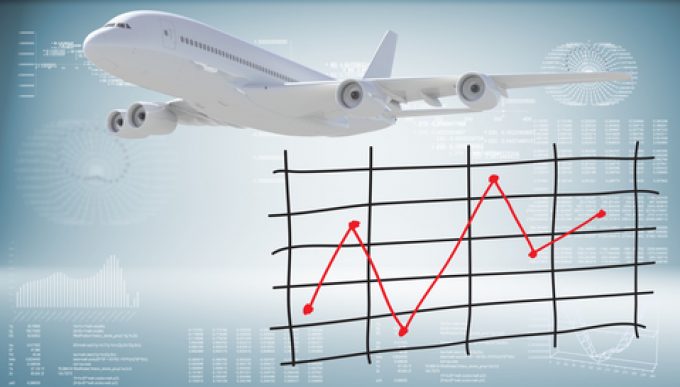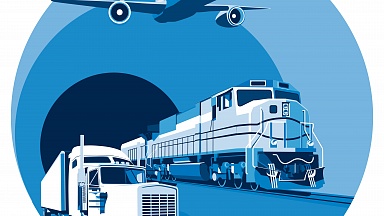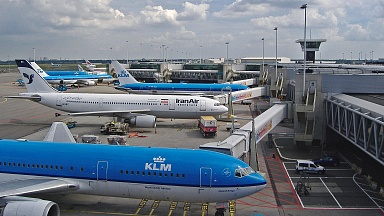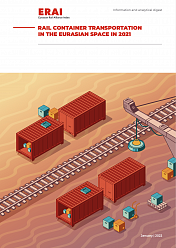Based on transactional air cargo prices, it provides visibility into “hundreds of airport pairs” and will be published each Sunday, showing the prior week’s anonymised data.
Freightos has seen a year-on-year rise in bookings of more than 2,000%, with 30 airline members now covering 40% of the world’s capacity in FTKs.
Interestingly, it has “some significant differences from the TAC Index”, particularly on the transatlantic, CEO Zvi Schreiber told The Loadstar.
Unlike the TAC, however, the Freightos Air Index (FAX) is not regulated by a benchmark administrator, and therefore can’t be used for trading, such as derivatives. However, Mr Schreiber expects bilateral index-linked agreements to be possible, although he notes that the market is currently heavily transactional rather than contracted.
“There may be some return to long-term contracts, but in air, most business is transactional. But, as people move towards more long-term contracts, we expect to see index-linked contracts and, if it’s bilateral, they can use any index they like.”
Freightos’ ocean freight index, the FBX, is compliant for trading – and Mr Schreiber said Freightos was looking at this for FAX and “could start the process in a few months”.
He added: “To begin with, our focus in on helping the industry get information.”
He said only those lanes with sufficient data points would be published – “if we don’t have enough information, we don’t give a rate.”
The WebCargo booking platform, from which the data is derived, has seen huge growth since the start of the pandemic.
“Not only are there more airlines, but there are many more forwarders. And once forwarders start using it, they do more and more bookings through it. It’s a compliment to airlines and forwarders, often criticised for being slow to change, that they have adapted so quickly,” said Mr Schreiber.
Some 10,000 forwarder branches now use the platform, with “multiple forwarders” signing up every day.
WebCargo still only accounts for a single digit percentage of the whole air freight market – although it is well ahead of other booking platforms, and he added: “There is a lot of growth ahead.”
A first look at the index reveals that rates on the transatlantic dropped last week, with eastbound rates around the $1.30 mark. Westbound has also fallen, to between $3 and $4.
While increasing numbers of airlines are signing up with booking platforms – Latam joining WebCargo yesterday – not all seem tempted. Cargolux this week launched a set of APIs to offer customers a direct interface between their systems and its own, so they can receive instant bookable quotes. The pilot project is being launched in partnership with Kuehne + Nagel.
One independent air freight executive said the move showed “Cargolux is smart enough to understand marketing, not giving away more to intermediaries. Good for them, and others should do the same. If you look at the passenger market and hotel room market, the lowest prices are always on platforms. Go via third parties and you lose”.
Mr Schreiber, however, said air freight was a “near commodity” and the FAX gave the market transparency.
FAX is currently in a free open beta phase, with additional lanes coming onstream. It consists of a headline index of pricing across global air cargo lanes, weighted based on tradelane activity, as well as price comparisons across tradelanes, airport pairs and weight breaks. The index is based on more than 100 million data points.





